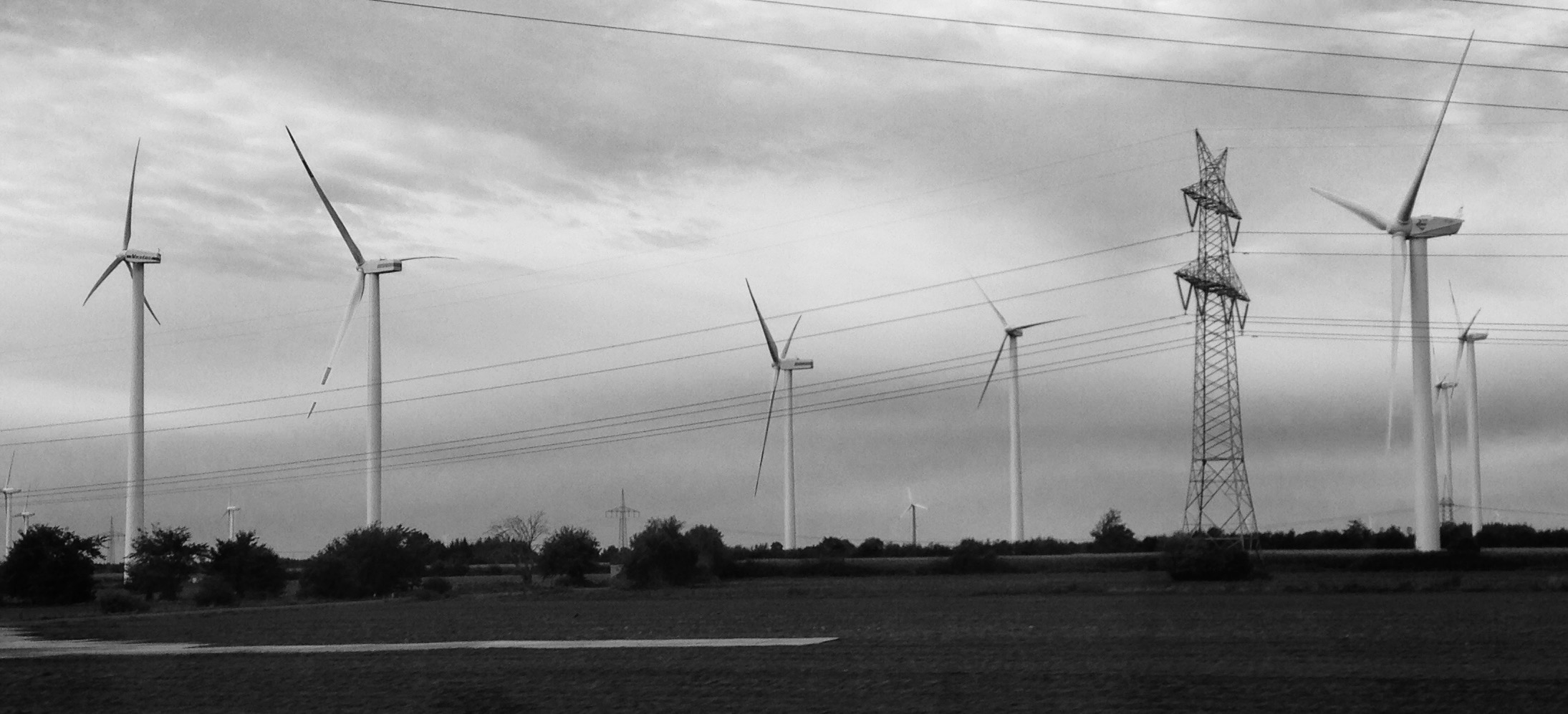News Release from windfair.net
Wind Industry Profile of
Britain's energy supply: Where to go from here?
The figures most recently published by the British government look quite outstanding: Renewable energies in the UK landed a record share of almost 25% in the energy mix last year. This is an increase of 28.8% compared to 2014 – in times when overall electricity generation fell. Especially onshore wind and solar (+86% over 2014) have excellent expansion figures.
Nevertheless, the Department of Energy under Minister Amber Rudd has vigorously stated cutbacks in these industries in recent months. In the future, there will be be no more subsidies for onshore wind and solar panels. Instead, the government wants to focus on the development of offshore wind – and on Hinkley Point C.
A new study by think tank 'Intergenerational Foundation' shows even more significantly, what economic absurdity the project includes: The government committed to a fixed electricity price of 92.50 pounds for the term of 35 years, which is more than twice the current wholesale price. Price predictions for such a long time are untrustworthy enough anyway, but furthermore, it would of course make a lot more sense to install more wind turbines or solar panels instead that would generate the equivalent amount of power and save several billion pounds. Thus the construction and operation of onshore wind turbines would cost 31.2 billion pounds less than Hinkley point C. When investing in solar panels, the savings would even be 39.9 billion pounds. In addition, the installation price for renewables will keep declining with more technical innovations.
Andrew Simms, one of the co-authors of the study, told The Guardian: “The government’s current plans for new nuclear power will break spending records, and pass both high costs and large, unknown economic risks onto every UK child for generations to come.“ Hinkley Point C would thus become the “most expensive building on Earth”, where the costs of a subsequent disposal of nuclear waste are not yet included.
 Scotland, on the other hand, has been taking a completely different path: The last coal-fired power plant in the country was closed on 24 March 2016. In Scotland, the share of renewables has increased by 15% in the electricity mix in the last two years, which is attributable to the ambitious goals of the local government: By 2020, the energy demand of Scotland will be fully covered by renewable energies. And the country is on the verge of achieving this goal prematurely: In 2015, the share of renewables in the total energy mix had already reached 57%.
Scotland, on the other hand, has been taking a completely different path: The last coal-fired power plant in the country was closed on 24 March 2016. In Scotland, the share of renewables has increased by 15% in the electricity mix in the last two years, which is attributable to the ambitious goals of the local government: By 2020, the energy demand of Scotland will be fully covered by renewable energies. And the country is on the verge of achieving this goal prematurely: In 2015, the share of renewables in the total energy mix had already reached 57%.
Nevertheless, the Scottish population – as part of the UK – would have to help finance the nuclear power station in Somerset. Insane, isn't it? The changes in law regarding the promotion of wind and solar power are already meeting the Scots hard. Jenny Hogan from energy utility Scottish Renewables said: "There is still a huge amount of potential for future growth, if the industry is given the right backing by government. Despite having enough projects in the pipeline, recent changes to government support, and hold ups in the consenting process for offshore wind farms, have set us on a path to fall short of the 2020 target.”
The situation is reminiscent of Germany – under the opposite sign. Here the federal state of Bavaria is out of step with consensus to rely on renewables. Bavaria is a classic nuclear power state. There are still three nuclear power plants running, that will be closed down in 2022 by the latest. Now instead of promoting the development of renewables, the rightist conservative Bavarian government has introduced the 10H regulation for wind power in 2014, which in fact ensures that new plants cannot be built any more.
In 2013, building permissions for 201 wind turbines were granted, but according to the German Wind Energy Association, BWE, the number decreased to 187 in 2014, and down to 65 in 2015. All the turbines granted last were still approved under the old law. Another 2015 figure shows the dramatic change quite clearly: Not one single request for a wind assessment was registered in Bavaria last year.
Bavarian wind energy companies like Ostwind e.g. have chosen to leave their home state. Others will follow to relocate their activities - and jobs - to other federal states or abroad.

Wind turbines and transmission lines (Image: kr)
Meanwhile, the Bavarian Government has planned to import electricity in the future. At the same time they oppose the expansion of transmission lines such as 'Sued-Link' which will transport wind power from northern Germany to the south. A solution for this dilemma has not been presented by the conservative government so far. How Bavaria wants to meet its targets set for the development of renewables, therefore remains open. Wind power will not be able to help much as the share in the past year was only 3.2% of the total energy mix.
Bavaria is thus not that different from the UK: Both will not achieve their targets for 2020, if their governments will go on that way. James Court of the Renewable Energy Association said: “On the face of it, it appears that the government will meet its renewable electricity target of 30 per cent by 2020. In reality, due to the significant failure to increase the rate of renewables in the heating and transport sectors, the REA projects that we will clearly miss our overall renewable energy target.“
- Author:
- Katrin Radtke
- Email:
- kr@windmesse.de
